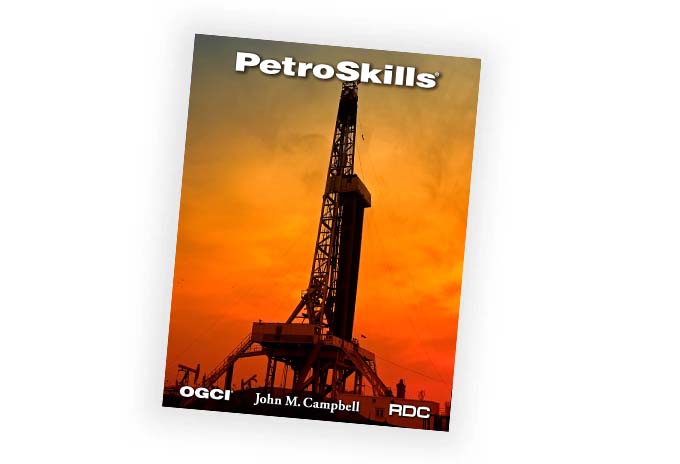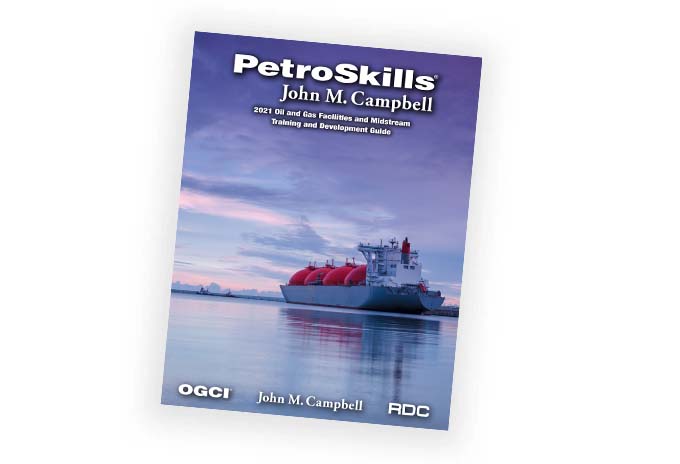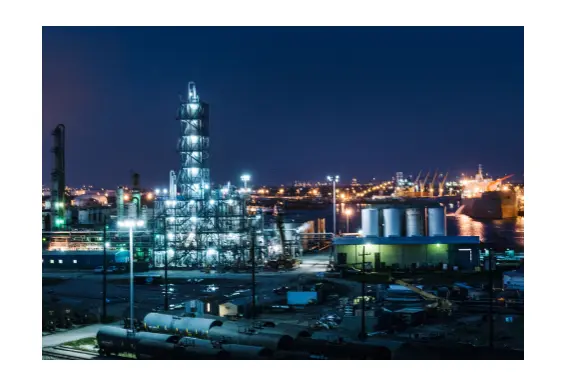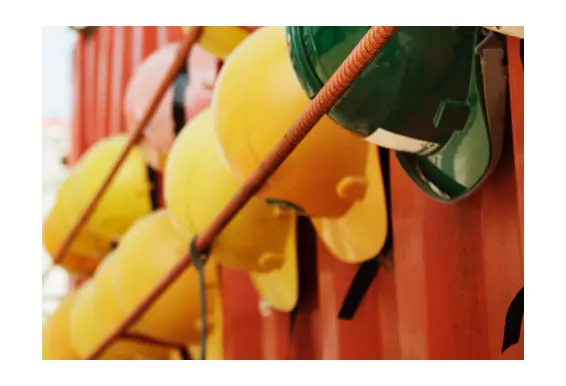CO2 Properties, Phase Behavior, and Compression
e-Learning
About the eLearning Course
This eLearning course provides an overview of the fundamental properties of
carbon dioxide (CO₂), its phase behavior, and the principles of CO₂ compression.
It covers:
- CO₂ Properties: Explore the physical and chemical characteristics of CO₂, including its molecular structure, density, and solubility.
- Phase Behavior: Understand the different phases of CO₂ (solid, liquid, gas) and the conditions under which phase transitions occur.
- Compression: Learn the basics of CO₂ compression, including the equipment used and its importance in various industrial applications.
By the end of this course, participants will have an introductory understanding of
CO₂ and its behavior under different conditions.
Target Audience
This series provides a wide-ranging overview of CO2 capture. It is suitable for interested parties, such as environmental staff, facilities engineers, and gas processing engineers, including entry-level (1-2 year) engineers, or anyone interested in a general, technically oriented overview of this approach to Greenhouse Gas (GHG) mitigation and utilization.
You Will Learn
- Appreciate the distinct differences between the phase behavior and properties of CO₂ compared to natural gas
- Understand the utility of the pressure-enthalpy diagram for making quick estimates of compression power and injection pressure
- Recognize the sensitivity of CO₂ fluid properties to various contaminants
- Appreciate the differences in water carrying capacity between CO₂ and natural gas
- Understand the optimal pressure range for CO₂ dehydration and why CO₂ typically does not require deep dehydration despite common misconceptions about hydrate formation
- Learn why accurate thermodynamic models are crucial for specifying compressors
- Explore the types of compressors chosen for various Carbon Capture and Storage (CCS) projects
- Identify the design variables that influence compression train design
- Gain an appreciation for how CO₂ density impacts separator design
- Understand the importance of considering Joule-Thomson (JT) expansions in relief and vent systems
- Gain high-level exposure to strategies for mitigating corrosion in CO₂ systems
Course Content
- CO₂ Properties
- CO₂ Dehydration
- CO₂ Compression
- Aspects of Facility Design




